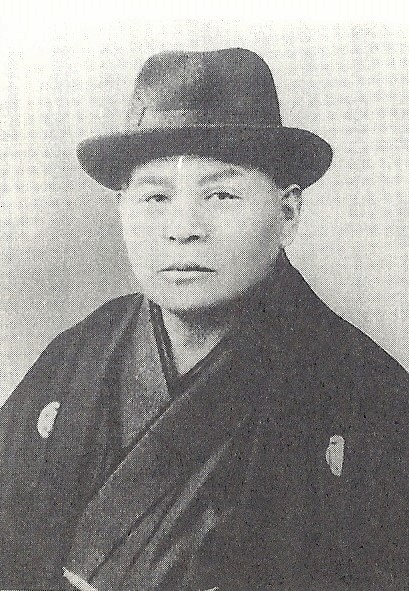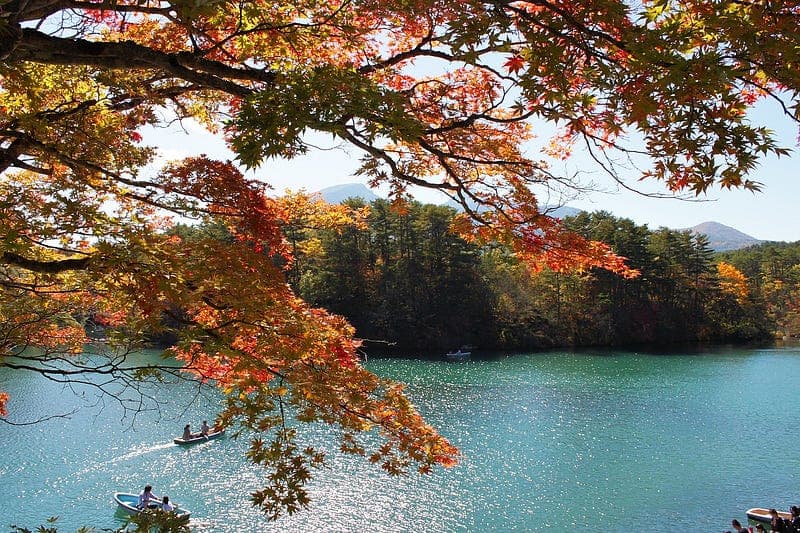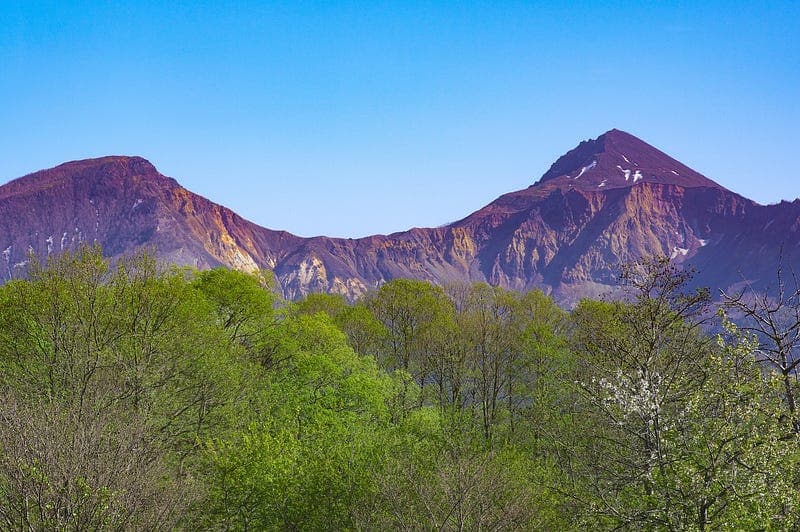Architect of a thriving ecosystem

In 1888, Mount Bandai erupted with such fury that its middle peak, Ko-Bandai was violently thrown off, displacing one square kilometer of earth. The destruction left by cascading debris avalanches destroyed towns, killed 477 people, and left trees stripped and fallen by the thousands. Although relief efforts were prompt and generous, the land remained desolate for decades.
Enter, our hero.
Endō Genmu
Endō Genmu was one of 12 sons born into a family of distillers in Aizuwakamatsu, Fukushima. His early memories were marred by the devastation of the Boshin War (1868–1869), which left Aizu in ruins. Perhaps seeing such devastation during his formative years inspired his lifelong pursuit of forestation.
Living near Tsurugajo Castle, Genmu earned the trust of the ruling Matsudaira family, who assigned him the responsibility of sourcing and planting trees on the castle grounds. Together with like-minded comrades, he took on the ambitious task of planting 1,000 Somei Yoshino cherry trees — still thriving today. Encouraged by this success, they extended their efforts to planting cedars on Mount Mineyama and near the Matsudaira family grave.
As the 20th century dawned, Urabandai still bore the scars of the 1888 volcanic eruption. To encourage reforestation, the government provided incentives by offering the land at reduced prices to individuals willing to take on the daunting task. Several attempts at reforestation had been made, but disappointment, failure, and financial hardship had been the outcomes. The ground seemed too barren to revive.
Genmu rose to the challenge. Determined to succeed where others had failed, he sought guidance from Japan’s foremost forestry expert, Nakamura Yaroku. Together, they acquired 130,000 red pine saplings from Saitama Prefecture, which they meticulously planted throughout the barren wasteland.
As the months passed, the men faced a disappointing setback when nearly half of the saplings withered and died. However, Genmu noticed that the trees near the ponds had a higher survival rate. Using this insight, he concentrated his planting efforts around the ponds, placing the saplings in threes.
To safeguard the newly planted trees during the harsh winter months, Genmu and his team set up a guardhouse and employed monitors to watch over them. While these precautions strained their finances, they were vital for the saplings’ survival, and the results were well worth it.
Endō Genmu’s Breakthrough

Over the following two years, Genmu and his team successfully afforested an area spanning 1,340 hectares (3,311 acres). Their efforts paid off, and they finally received official recognition and approval for their land reclamation endeavors. In 1919, they purchased the land they had so diligently revitalized.
With the opening of a new railroad connecting Bandai and Niigata in 1914, Genmu and Yaroku saw a fresh opportunity. Using the railroad, they transported 50,000 red pines, 20,000 lacquer trees, and 30,000 cedar saplings — a total of 100,000 trees — from Niigata to Urabandai.
The journey was far from easy, as Urabandai was strewn with boulders, and the roads lay buried under meters of debris. Undeterred by these obstacles, the men forged ahead, constructing new roads to facilitate the transportation of the trees by horse-drawn carriage from Inawashiro.
Today, Endo Genmu and his collaborator, Nakamura Yaroku, are celebrated for their remarkable achievement in planting hundreds of thousands of trees, bringing forest life back to Urabandai. Many red pines they planted can still be seen along the Goshikinuma Pond Trail.
A memorial that Genmu erected to the victims of the 1888 eruption stands to the northwest of Aonuma Pond. Buried beside the monument, Genmu and his wife, Iku, rest peacefully, surrounded by the flourishing ecosystem he fought so tirelessly to create.

If you have questions about Japan or suggestions for articles, please add them in the comments. For more photos and information on Japan, follow me on instagram at: https://www.instagram.com/more_than_tokyo/




